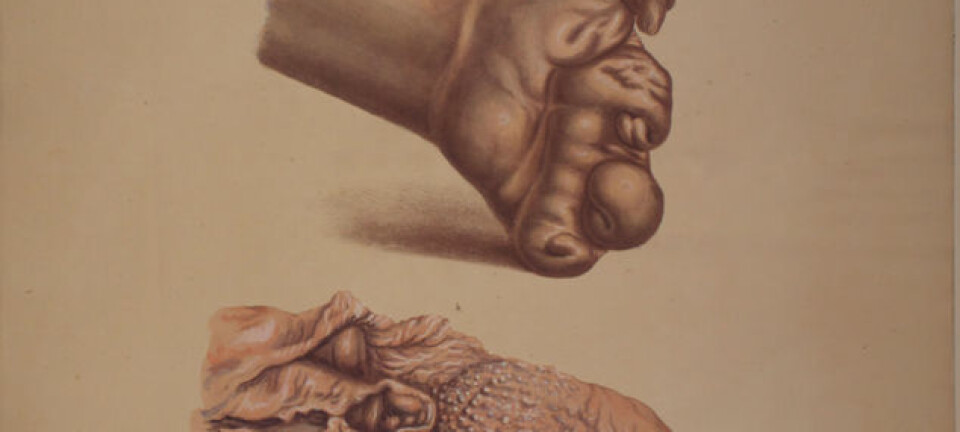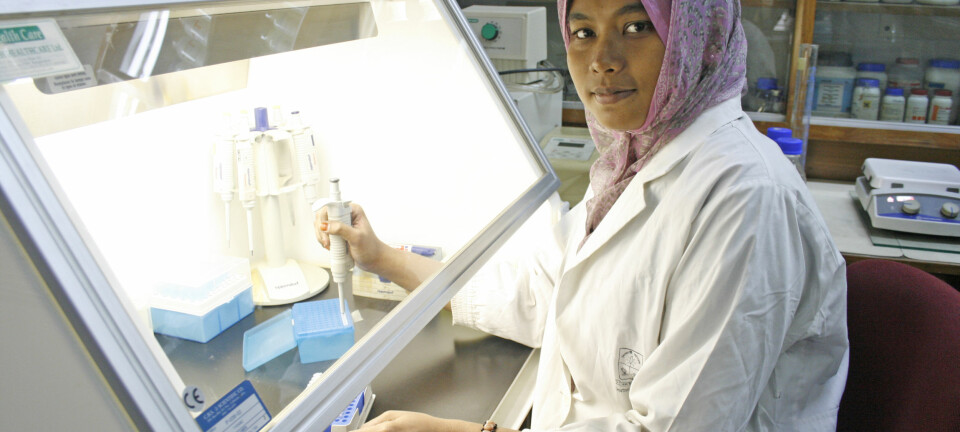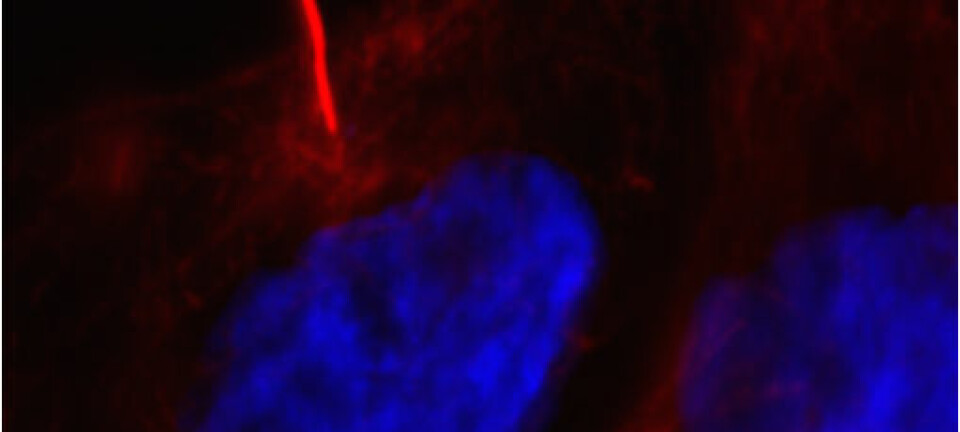An article from University of Tromsø – The Arctic University of Norway
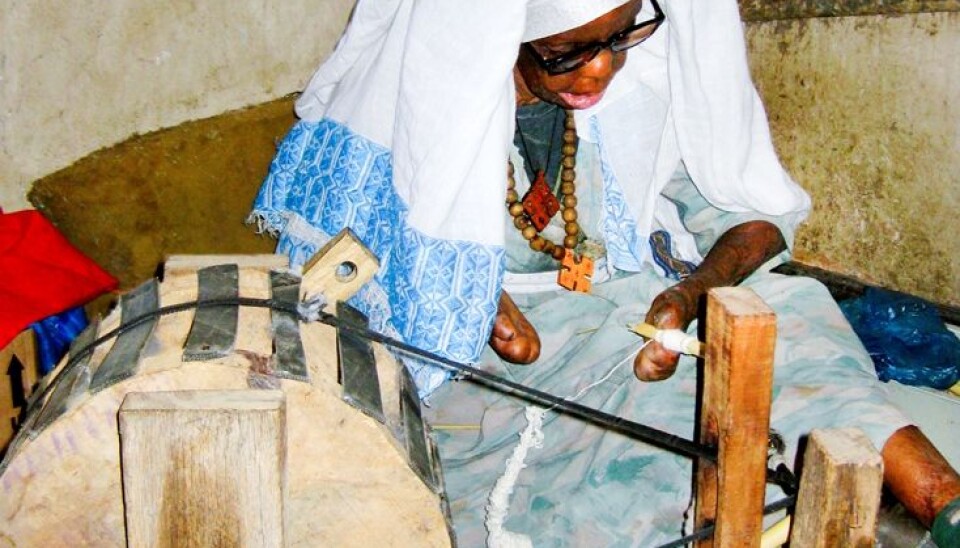
Leprosy rages still
Leprosy is almost extinct in many countries but in others the disease lives on. In Ethiopia there are thousands of new cases every year.
Denne artikkelen er over ti år gammel og kan inneholde utdatert informasjon.
A young mother sits on a bead, with a healthy child on her lap. An idyllic picture, you may think, but wait. What if you find out that the mother is a leper, is highly infectious and has therefore been abandoned by her husband.
Unfortunately, this is no fictional situation, but real. The year is 2012, and leprosy rampages still.
“The so-called old diseases are of interest to me, because they always come back,” says Ørjan Olsvik, a professor of microbiology at the University of Tromsø’s Faculty of Health Sciences.
Newly infected
Olsvik recently visited Ethiopia to study leprosy, and encountered many cases.
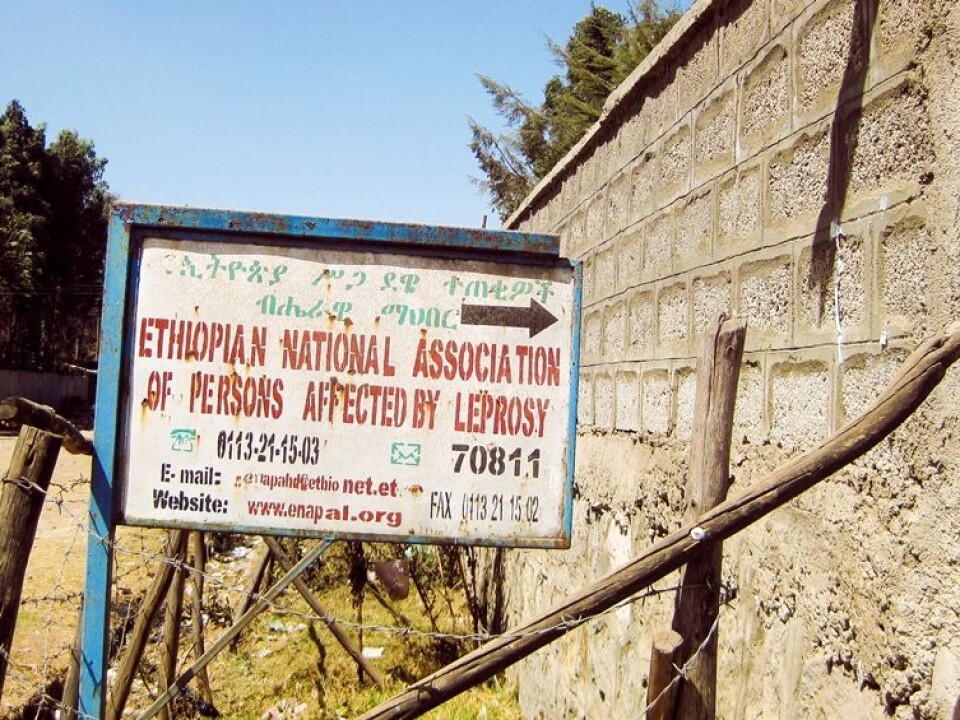
“I met many. Several had completely new infections,” says Olsvik, whose responsibilities include teaching medical students at the University of Tromsø about these “old” diseases.
“It is important that tomorrow’s doctors are familiar with leprosy, because diseases that we think have died out are coming back. Just look at cholera, syphilis, and polio. We think we are rid of them, but these diseases can sneak up on us if we are not actively fighting them,” he says.
A feared disease
You may know leprosy best from Bible stories, but you may also have heard about it from the best seller, “The Island,” by Victoria Hislop, who wrote a moving story about the lepers of Crete who were forcibly sent to the island of Spinalonga.
Leprosy has always been feared. Even today, the word “leper” is used as an insult, but many people in the western world don't realize that this grotesque disease still affects people.
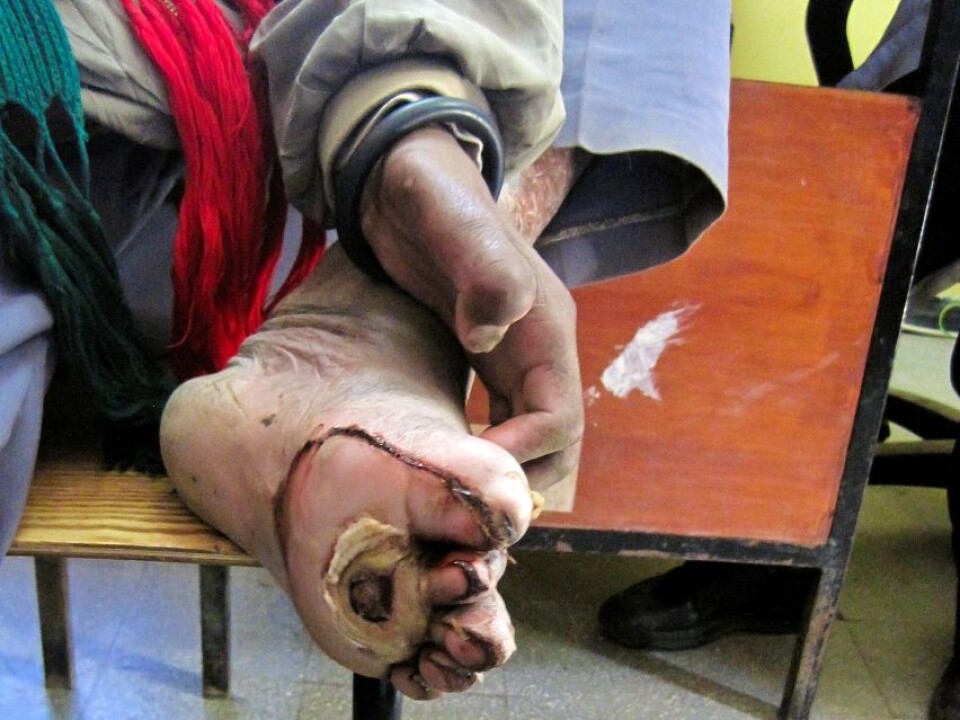
“There are 3000-5000 new cases in Ethiopia alone, and the worst part is that the disease is easily treated. I have also seen a case here in Norway,” says Olsvik.
According to the Norwegian Institute of Public Health, 19 cases of leprosy were reported in Norway from 1977-2009. There are 150 new cases reported in the United States each year.
In 2008, the World Health Organization reported about 249 000 new cases of leprosy. Ten percent of cases are in children. Leprosy is a significant public health problem in many countries in Southeast Asia, tropical Africa and parts of South America.
Approximately 70 percent of leprosy cases in the world are reported from India.
Destroys nerve cells

While people in the West live without fear of leprosy, the disease still rages among the world’s poorest.
“It’s difficult to look at these pictures. Even if you are not affected by the disease, you get a sense of the terrible suffering it causes,” says Olsvik, as he shares images of new leprosy cases in Ethiopia.
Some of the patients he met on his trip there had been so severely attacked by leprosy that they had lost both arms and legs. One characteristic of the leprosy bacterium is that it destroys the skin, bones and flesh.
It sounds terribly painful, but many of patients actually do not feel pain. The leprosy bacterium first attacks the peripheral nervous system. The infection paralyzes the nerves in the skin so the patient develops numbness. The typical leprosy patient can burn his or her hands while cooking, and a stone in the shoe can quickly cause ugly wounds, called secondary sores. These wounds often get infected, and eventually the bacterium completely destroys tissues, especially fingers and toes.
Gnawed on by rats
When the leprosy bacterium ravaged Norway in the 1800s, a separate leper hospital was established in Bergen to treat patients.
According to the Bergen City Museum, St. Jørgen’s Hospital for lepers was plagued with rats. Rats are not themselves hosts for leprosy, but both mice and rats still managed to inflict a great deal of damage on leprosy patients.
Rats and mice were able to gnaw undisturbed on sleeping patients, because the patients had open wounds they no longer felt.
Shunned and stigmatized
In Ethiopia, Olsvik observed the severe and serious secondary wounds that are often found in leprosy patients.
“I saw a lot of damage, especially on the feet, since many go barefoot,” he said.
Leprosy can cause circulatory failure and can also attack internal organs. If the disease is not treated with antibiotics, it can be fatal. Medical treatment stops the disease and removes the infection, but it does not repair the damage. Patients will be marked for life.
“We thus have the problem of stigmatization. Patients who have been successfully treated and are free of the disease will never be rid of stigma of leprosy, and are forever feared and shunned by the community,” Olsvik says.







